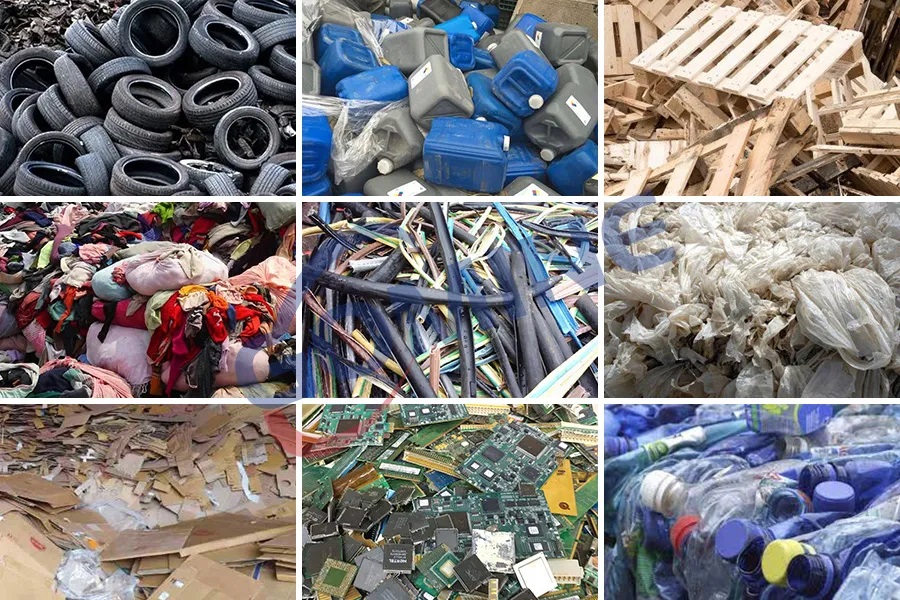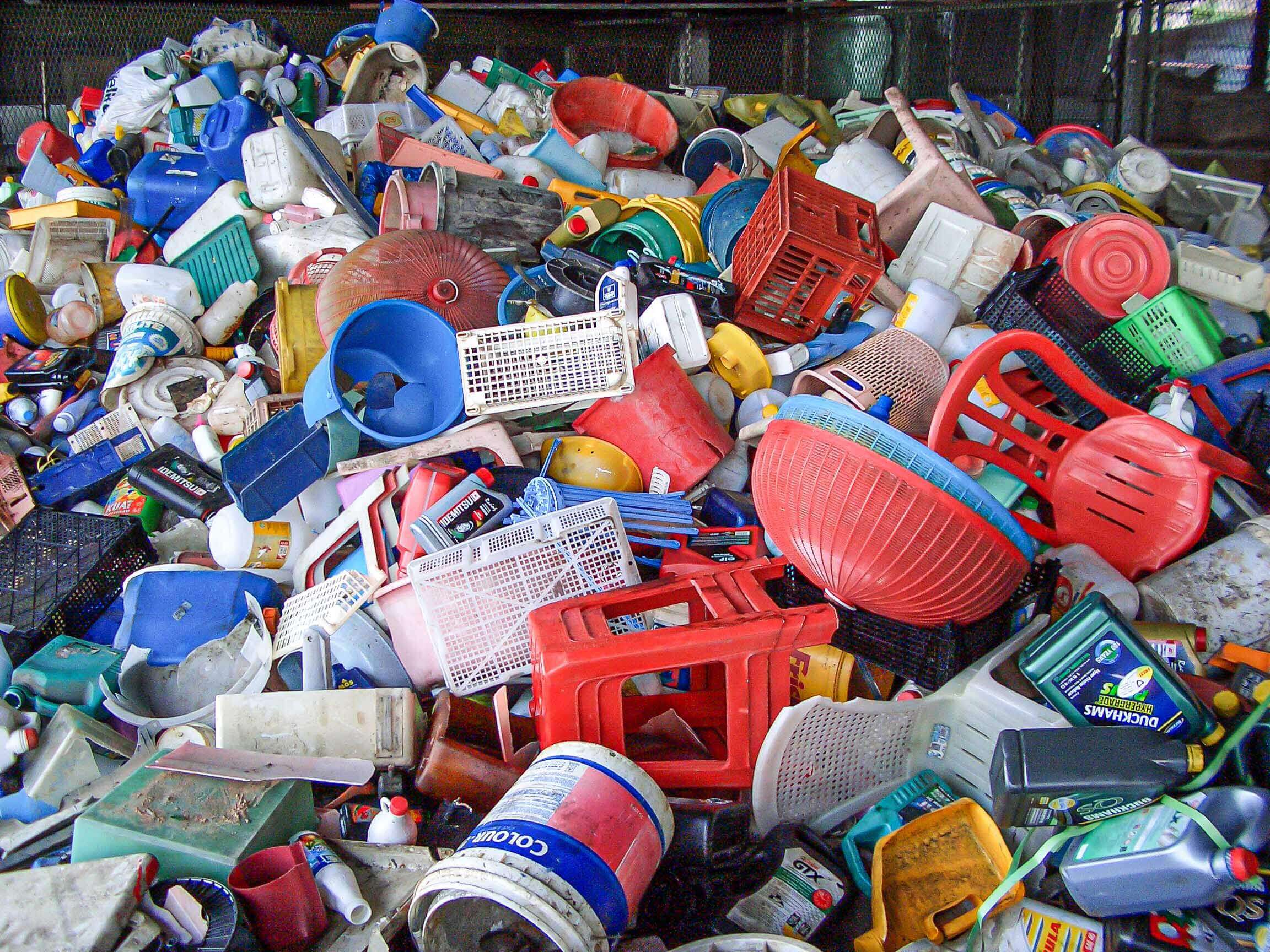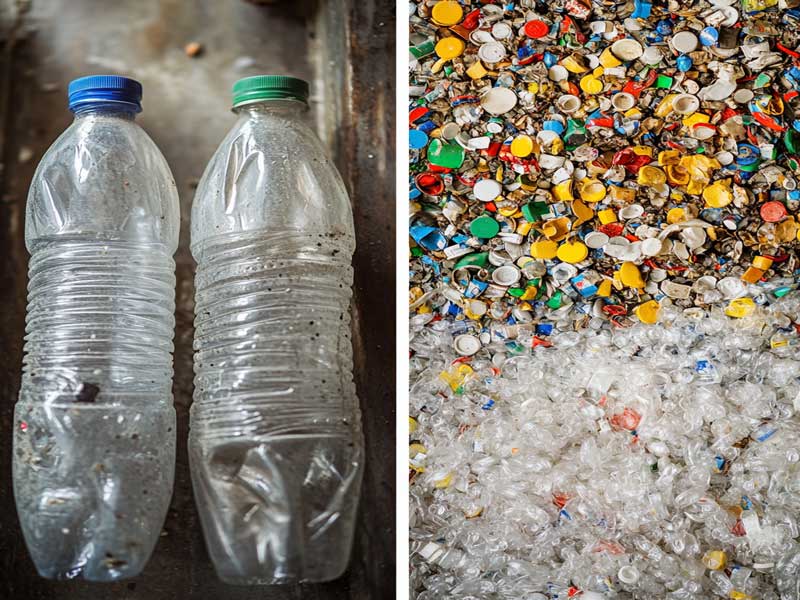Waste management that performs properly is more important than ever in the workplace of today. The Industrial Waste Shredder has become a key instrument for companies in the manufacturing, recycling, and plastic processing industries that want to do what they do faster with fewer of an impact on the environment.
But there are a lot of different types and technologies out there, so how do you pick the best shredder for your needs? From material type to cost, this guide highlights the main elements to consider so you can make an informed decision.
Keypoints:- Whether plastics, metals, or e-waste, the right industrial waste shredder fits to your specific waste materials to ensure effective processing without destroying machines.
- To avoid waste of unnecessary energy or delays, carefully assess the hourly processing capacity of the machines with the waste volume of your facility.
- Choose based on if you ask for coarse shredding or fine particle output in various shredding technologies like single-shaft or granulators.
- While raising productivity, modern shredders with energy-efficient motors and automated processes can greatly reduce operating cost.
- Focus safety certifications at all periods while looking at all expenses in time, including maintenance, not just the initial cost.

8 Factors to Consider When Selecting an Industrial Waste Shredder
1. Material Type
The kind of material you need to process decides first and most significant the industrial waste shredder you ought to select. Many shredders are designed to handle different items, including
- Plastic waste (rigid plastics, films, PET bottles, etc.)
- Metal scraps
- Rubber and tires
- Electronic waste (e-waste)
- Textiles and fiber materials
- Wood and pallets
Power, cutter strength, and shredding mechanism all are influenced by the material's density, hardness, and shape. As an example, plastic film shredders refer to for different blade configurations than those for components made of steel. Make sure the capabilities of your shredder reinforce the specific attributes of your waste stream.
2. Throughput and Capacity
Usually measured in kg/h or tons/h, throughput is the maximum capacity of a shredder machine to process given time. Ensuring efficiency and avoiding rushing delays requires selecting a proper throughput capacity.
Consider about:
- During an hour or a day, how much waste do you generate
- Would you be working in batches or continuously?
- Will following produce rise as well?
While tiny machines could cause bottlenecks, oversized industrial shredders might result in wasted energy in addition to costs. Choose a shredder able to dealing with maximum loads via the use with enough buffer capacity.
3. Shredder Type and Technology
Each of the several waste shredding machines provided are designed for different kinds of use:
- Ideal for consistent materials like plastic blocks, films, or pipes were single-shaft shredders. They offer specific impact over output size.
- Suitable for tougher materials such as mixed waste and metal drums, double-shaft shredders These have excellent torque and are less like to jam.
- Shredders with four shafts tend to be used for the removal of sensitive paperwork or electronic waste in order to provide a finer output.
- After shredders, granulators are then used to further reduce particle size for recycling reasons.
Smart control systems, automatic reversing to prevent jams and and modular components that are able to fitted together in several various fashions are also features of more advanced waste shredders. Based on your material and recycling goals, choose a shredder with the right structure.
4. Energy Efficiency
Due to industrial waste shredders operate on a lot of electricity, energy economics is more significant. choosing a low-energy consumption, high-efficiency machine can assist you greatly preserve your electricity costs.
These days, the majority of technologically advanced shredders are motors that utilize fewer kWh. The intelligent induction system may adjust the power output according to the assignment to minimize wasted energy.
It is also technology that can quickly power off when it is not in use, and reduces power and saves the environment. In time, utilizing energy-saving shredder would not only save money but also help understanding of green production.
5. Ease of Maintenance
Shredders need regular maintenance to ensure optimal output and longevity, much like the rest of heavy-duty equipment. Consider through the following while evaluating maintenance needs:
- How easily one can enter the cutting chamber?
- Are blades, screens, belts easily changeable worn parts?
- Does the shredder have assessments or maintenance alerts?
Tool-free access and modular component shredders help to significantly reduce downtime during blade replacement or cleaning. Always choose a machine that design looks at simple care for the operators.

6. Safety Features
The primary objective is unable to resolve safety in process industries. Powerful equipment shredders require operator safety priority. Reliable industrial waste shreders should include:
- Emergency stop buttons
- Safety interlocks
- Overload protection
- Enclosed cutting chambers
- Real-time fault detection
Some models also offer self-feeding systems or remote control to cut human error. Regulatory compliance and workplace safety shouldn't be offered up for performance or cost; they are absolutely essential.
7. Level of Automation
As intelligent manufacturing creates, more and more enterprises discover their own via advanced automation technological advances.
Modern shredders can be equipped with intelligent control panel, discharge conveyor belt, automatic feeding system, etc., significantly reducing the manual operation loads. All you need to do is set up the circumstances; the machine will run automatically, change itself, and even remotely monitor operating terms.
In addition to boosting productivity, automation allows decrease human error and save cost of labor. If you want to streamline your production process, investing in an automated production line is an investment that is long easy to grow in the long run, saving you money and processes.
8. Cost Considerations
Not least of all, one of the most significant factors is surely pricing. Not only at the time of purchase, but also use note of every cost in the future, such as electricity, maintenance costs, spare parts replacement, downtime repair and so on. Different kinds of industrial shredders offer different costs.
These will affect your operating costs over long phrases. It suggests not to emphasize only on the low cost but also on the performance, durability, and after-sales therapy comprehensively.
Often more cheap is an equipment with an extra cost but quality that is constant, low energy consumption and easy maintenance.
While originally charming a cheaper shredder could cost more over time if requires regular repairs or flows high energy usage. Always weigh outcomes and long-term worthwhile against initial expense.
Here is a table comparing the costs:| Industrial Waste Shredder Cost Comparison Table | |||
| Item | Entry-Level Shredder | Mid-Range Shredder | High-End Smart Shredder |
| Initial Investment | Low | Medium | High |
| Energy Consumption | High | Medium | Low (Energy-efficient motor) |
| Maintenance Frequency | High (frequent blade change) | Medium | Low (modular, easy maintenance) |
| Labor Requirement | High (manual feeding) | Medium (semi-automatic) | Low (fully automated system) |
| Downtime Risk | High | Medium | Low (smart monitoring system) |
| Best For | Small businesses / light use | Small to medium factories | Large-scale or efficiency-focused operations |
Conclusion
Finding a suitable industrial waste shredder needs a thorough examination of your operational demands, waste type, aimed throughput, and future scalability. Assessing material compatibility, energy efficiency, automation, and safety will assist you decide on a shredder that boosts production, cuts environmental impact, as well as over time saves money.
A reliable waste shredder machine is an investment in a cleaner, more efficient company whether you manage mixed materials, industrial remaining food, recyclable plastics, or mixed products. Always use with a trustworthy machinery provider who believes what you do and will help you in building a shredding system that meets what you need.
FAQs
1. What factors should be considered while choosing an industrial trash shredder?
Make a list of material types, machine capacity, energy economy, servicing needs, safety elements, automation, and overall cost.
2. For what capacity and throughput must my shredder flee?
Choose a shredder based on your daily waste load. Smaller businesses need less; bigger businesses need more capacity and throughput.
3. Are shredders that save energy more costly?
While they build out prices higher, energy-efficient shredders save money as time passes.
4. How often have I kept my industrial shredder?
Regular maintenance depends on how frequently it is used. after manufacturer maintenance instructions are essential; regular cleaning and blade checks are essential.
5. In a shredder, what safety features should be especially important?
Look for safety barriers, emergency stop buttons, and overload protection to ensure safe sprinting.
6. Does a shredder's controlled worth weigh?
Automation lowers human error and safety dangers boosts efficiency, and cuts labor costs.
7. How can I find out owning a shredder's overall costs?
Consider the initial cost, energy usage, maintenance, and repairs. Long-term savings might result from a larger upfront cost.







